Raman Research Institute (RRI), founded in 1948 by physicist and Nobel Laureate, Sir Chandrasekhara Venkata Raman is celebrating 75 glorious years.


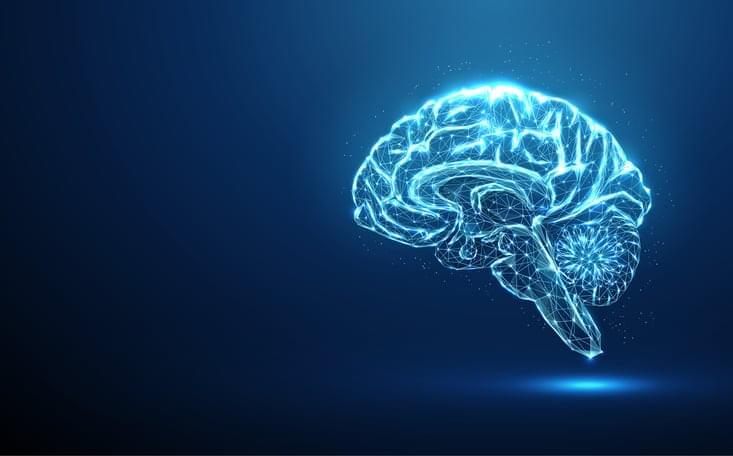
It’s electric! A startup emerged from stealth this week with grand plans to pioneer a new form of neurotech dubbed “electric medicine.”
Elemind’s approach centers on artificial intelligence-powered algorithms that are trained to continuously analyze neurological activity collected by a noninvasive wearable device, then to deliver through the wearable bursts of neurostimulation that are uniquely tailored to those real-time brain wave readings.
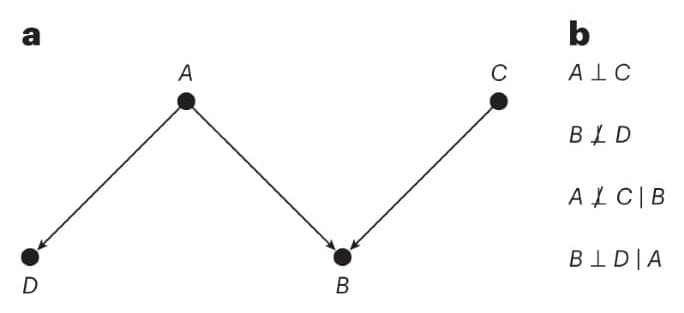
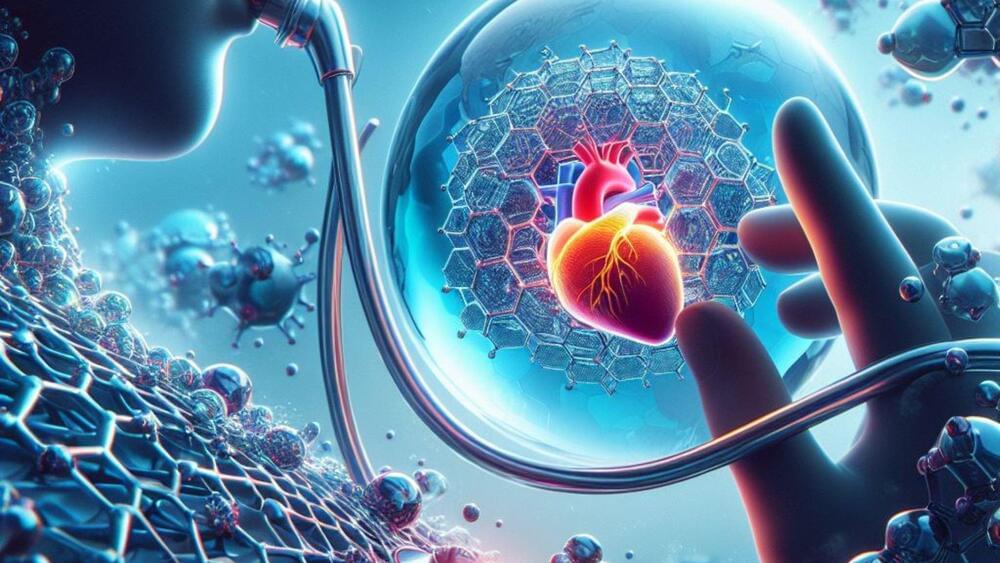
The study revealed that the use of graphene oxide had no adverse effects on lung function, blood pressure, or the majority of other biological parameters under scrutiny.
The findings of the study promise to advance our grasp of graphene’s health effects, facilitating safer incorporation into industries, notably medicine.

This post is also available in:  עברית (Hebrew)
עברית (Hebrew)
HP Wolf Security’s latest threat insights disclosure put a spotlight on DarkGate – a group of web-based criminals using legal advertising tools to enhance their spam-based malware attacks.
The security report claims DarkGate has been operating as a malware provider since 2018, with an apparent shift in tactics last year of using legitimate advertisement networks “to track victims and evade detection.” The claims are that by using ad services, threat actors can analyze which lures generate clicks and infect the most users – helping them refine campaigns for maximum impact.

WASHINGTON — Lockheed Martin is experiencing a growth spurt in an unexpected corner of its business: small satellites. While traditionally known for its expertise in GPS and giant geostationary (GEO) satellites, the company has quietly built a backlog of 100 smallsats on order from Department of Defense and intelligence customers.
“This is probably a different picture than many of you may have in our minds” about what the company does, Johnathon Caldwell, head of Lockheed Martin’s military space business, told a military conference Feb. 14.
Speaking at the Air & Space Forces Association’s Warfare Conference in Aurora, Colorado, Caldwell said a greater focus on small satellites began with the company’s pursuit of Space Development Agency contracts. SDA is building a proliferated mesh network of satellites in low Earth orbit for the Defense Department, and unlike traditional cost-plus defense programs, the agency demands fixed-price bids from satellite manufacturers.

WASHINGTON — Viasat announced it completed the first satellite broadband upgrade on board a Military Sealift Command ship, and expects to update 105 vessels over the next year. The work is part of a $578 million contract that Inmarsat won in 2022 before it was acquired by rival satellite operator Viasat.
The U.S. Navy’s sealift organization, responsible for providing ocean transportation to the Department of Defense, operates a fleet of approximately 125 civilian-crewed ships that replenish Navy vessels at sea, transporting military equipment and personnel, and strategically positioning cargo around the world.
Viasat is revamping the ships’ satellite network from Ku-band to the company’s Global Xpress Ka-band and the ELERA L-band systems.

Researchers have demonstrated that magnetic spin waves called magnons can be controlled by voltage and thus could operate more efficiently as information carriers in future devices.
Magnonic devices are being developed to transmit signals, not with electrons, but with magnons—traveling waves in the magnetic ordering of a material. New work provides one of the missing elements of the magnonics toolbox: a voltage-controlled magnon transistor [1]. The device is made up of a magnetic insulator sandwiched between two metal plates. The researchers show that they can control the flow of magnons in the insulator through voltages applied to the plates. The results could lead to more-efficient magnonic devices.
A magnon can be imagined as a row of fixed magnetic elements, or “spins,” that tilt and rotate their orientations in a coordinated pattern. This “spin wave” can carry information through a material without involving the movement of charges, which can cause undesirable heating in a circuit. Magnonics—though still in its infancy—is a potentially energy-efficient alternative to traditional electronics, says Xiu-Feng Han from the Chinese Academy of Sciences. The challenge right now for the magnonics field, he says, is developing practical versions of the four basic components of a magnonic circuit: a generator, a detector, a switch, and a transistor.
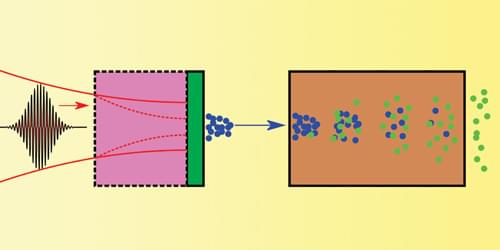
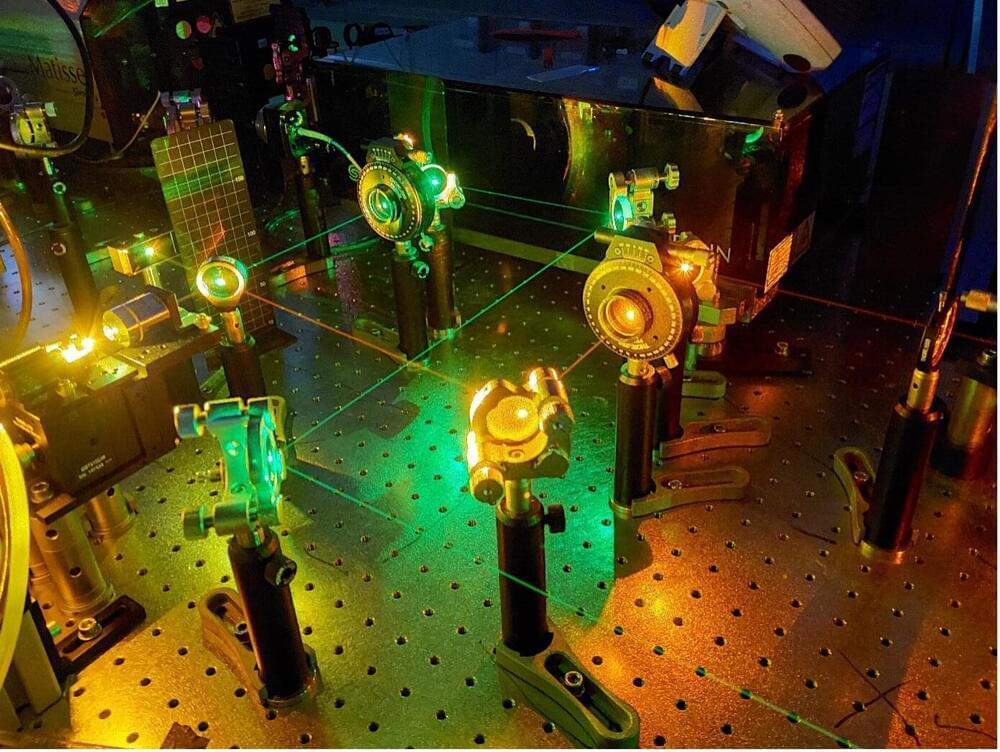
The color centers of diamond are the focus of an increasing number of research studies, due to their potential for developing quantum technologies. Some works have particularly explored the use of negatively-charged group-IV diamond defects, which exhibit an efficient spin-photon interface, as the nodes of quantum networks.
Researchers at Ulm University in Germany recently leveraged a Germanium vacancy (GeV) center in diamond to realize a quantum memory. The resulting quantum memory, presented in a Physical Review Letters paper, was found to exhibit a promising coherence time of more than 20 ms.
“Our research group’s primary focus is the exploration of diamond color centers for quantum applications,” Katharina Senkalla, co-author of the paper, told Phys.org. “The most popular defect of diamond so far has been the nitrogen-vacancy center, but, recently, other color centers have also become a focus of research. These consist of an element from the IV column of the periodic table—Si, Ge, Sn or Pb, and a lattice vacancy (i.e., missing next-neighbor carbon atom).”